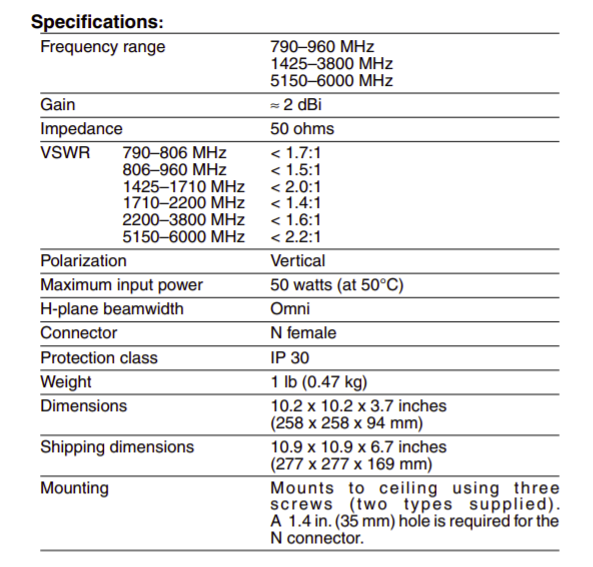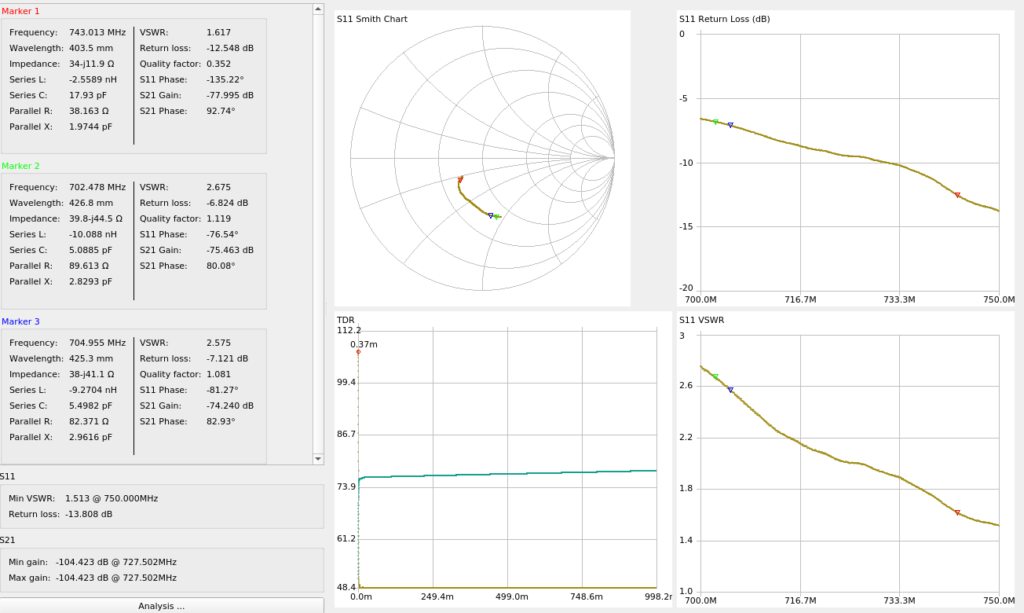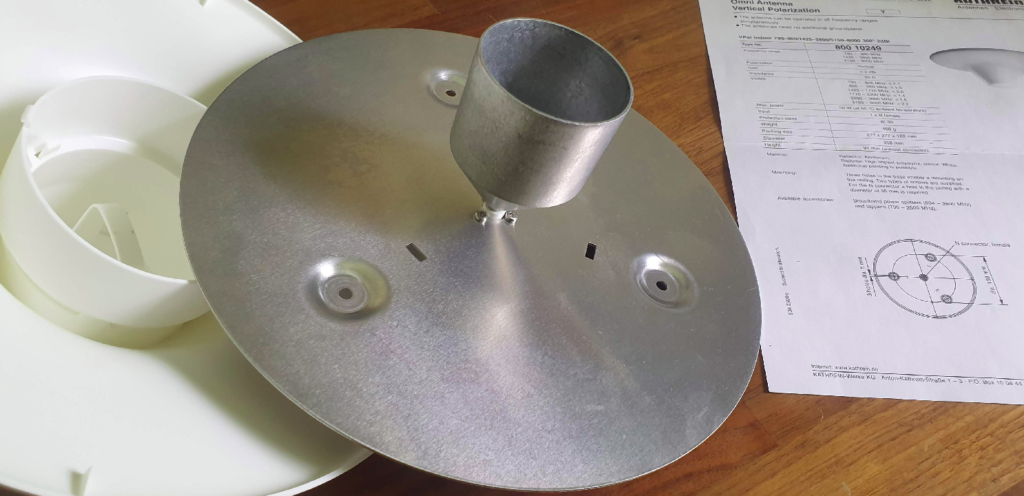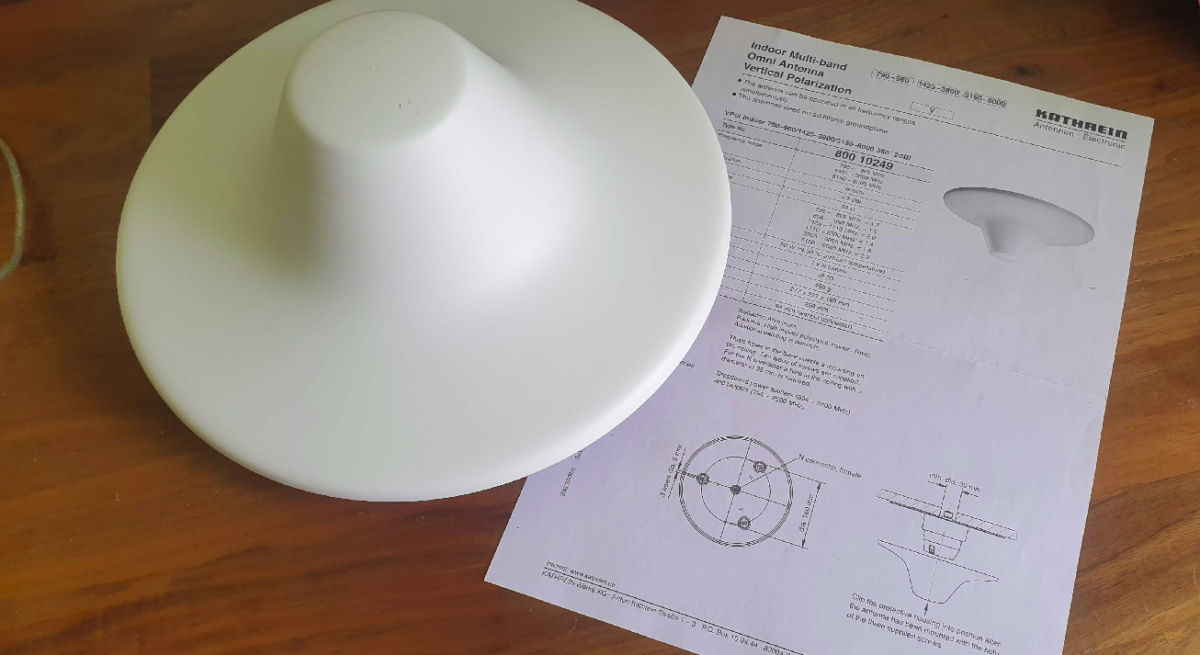Note: This is one part of a series of posts where I cover my adventures attempting to bring on air a commercial Macro cell site for my lab, with scrounged components.
So the Huawei BTS3900 unit I’ve ended up with, is only one part of the overall picture for building a working LTE RAN. Power systems, feeders, connectors, CPRI, antennas, baseband processing and transmission are all hurdles I’ve still got to overcome. So today, let’s talk about antennas!
For the output/TX side (downlink) of the RF Unit, I’ve ordered some 25w 50 ohm dummy loads (I’ll still need to work out how to turn down the RF power to less than 25w on the RF units). Even with the dummy load, a tiny bit of RF power is leaked, which should be enough to provide the downlink signal for my UEs – Time will tell if this works…
This option is fine for the power being pushed out of the RF unit, into the dummy load, where we have a lot of power available (too much power), but what about our very weak uplink signals from UEs?
For this I’d need some decent antennas to pickup the signals from the UEs, so I ended up with some Kathrein (Now owned by Ericsson) indoor multi-band omni antennas I found on an online auction site for $10 each. (I bought 4 so I can play with MIMO.)
Unfortunately, the RFUs I have are Band 28 (roughly 700Mhz-750Mhz uplink and 758Mhz to 798Mhz downlink), and reading the datasheet it seems this doesn’t cover the bands I need;

But beggars can’t be choosers, so I ran a calibration on the NanoVNA and swept the antenna from 700Mhz-750Mhz (Band 28 uplink frequencies) to see how it will perform when I get the rest of the solution together;

At the upper end of Band 28 Uplink (748Mhz) I’m getting a fairly respectable VSWR of 1.6 (Return Loss of -12.4dB), so I should be able to get away with these for what I’m doing,
I’v seen these white domes inside shopping centers and office buildings, so I was keen to crack open the case and see what magic inside, what I found was kind of underwhelming, just an aluminum plate with an aluminum reflector cone…

My ideas of putting the parts into the lathe and trying to lower it’s operating frequency by taking material off, were dashed when I realised taking material off would raise the operating frequency, not lower it…
